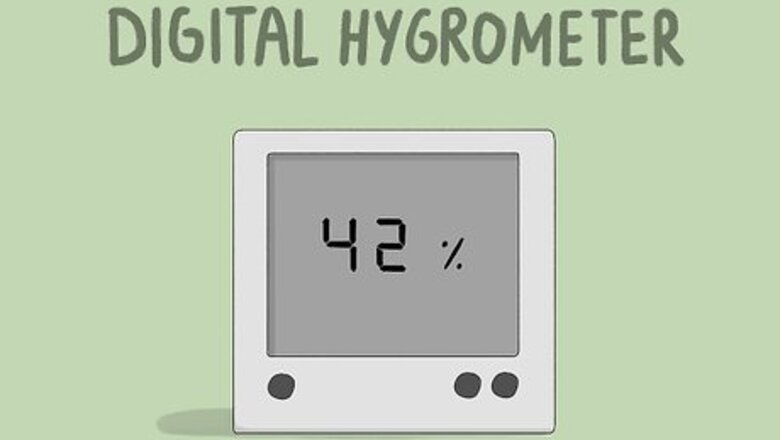
views
Measuring Humidity
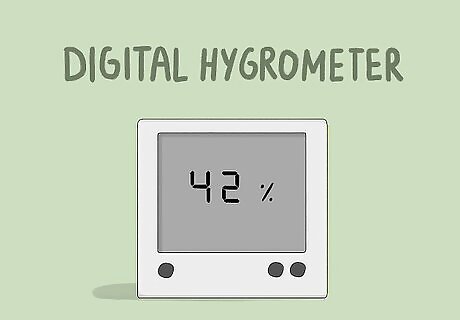
Use a digital hygrometer for the most accurate reading. Digital hygrometers supply the most accurate and easy to read humidity percentage. They use sensors to read an electrical current and then translate that to a humidity reading. They can keep track of multiple humidity readings so that you can track changes in humidity over time. You can purchase digital hygrometers at most hardware stores. You can get one for $5-35.
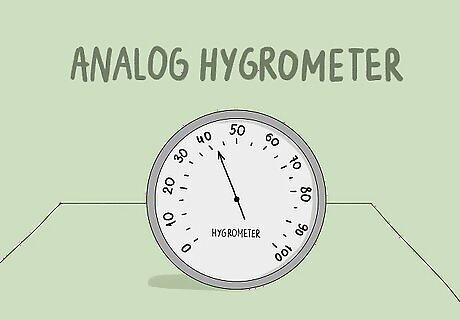
Choose an analog hygrometer for a cheaper option. Analog hygrometers have been around for a long time. They use a coil with a moisture-sensitive material attached that expands or contracts as it reacts with moisture in the air. Then, a needle moves on a dial that shows you the percentage of humidity in the air. You can find analog hygrometers at most hardware stores. Analog hygrometers are also more durable than digital ones.
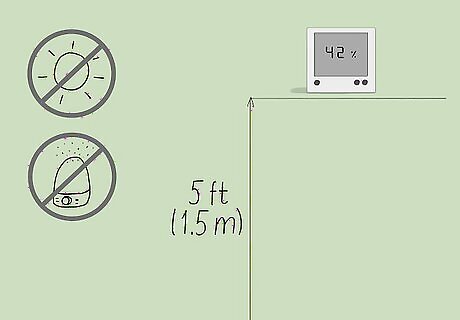
Install the hygrometer 5 ft (1.5 m) above the ground for precise results. For the most accurate humidity reading, make sure your digital or analog hygrometer is away from sunlight or air humidifiers that might affect its reading. Place it at least 5 feet (1.5 m) in the air so that it only reads the humidity of the air. Do not place your hygrometer in the bathroom or kitchen. You also shouldn't place it near a heat source.
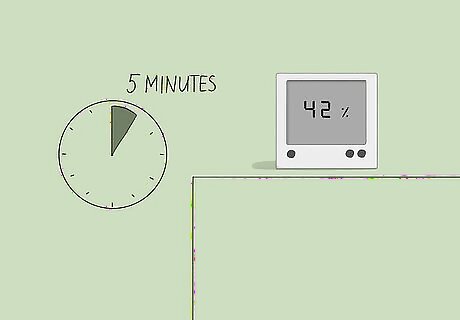
Wait for 5 minutes as the hygrometer adjusts to the air around it. Turn on your digital hygrometer if you are using one. Most analog hygrometers will automatically take a reading, so they don’t need to be turned on. Allow it to read the air around it for at least 5 minutes. Wait until the reading is steady before interpreting the reading. Don’t stand too near the hygrometer as it reads the air, or your breath could affect its reading.Tip: If the humidity reading never gets to a steady number, try moving the location of your hygrometer.
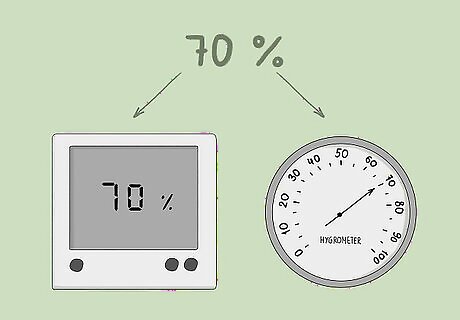
Check the reading to find out the percentage of humidity in the air. Whether you are using a digital hygrometer or an analog one, you will read humidity as a percentage. Examine your hygrometer to see what number it is reading and add a percentage sign to it. For example, if the hydrometer reads “70,” there is 70% moisture in the air. Digital hygrometers will often give you humidity in a percentage automatically.
Interpreting the Results
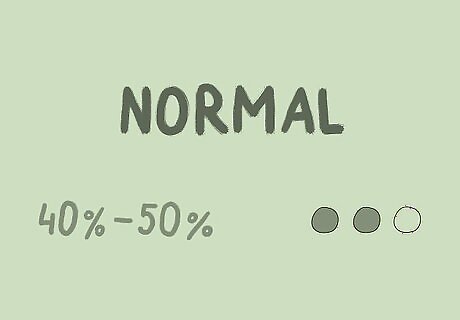
Consider 40% to 50% humidity as normal or comfortable for indoors. A normal humidity range is between 40% and 50%. This means that the air is holding 40% to 50% water in it. You will most likely not feel any moisture in the air, and it also won’t dry out your nose or throat. The air in your home is most likely around 40% to 50% humidity at any given time.
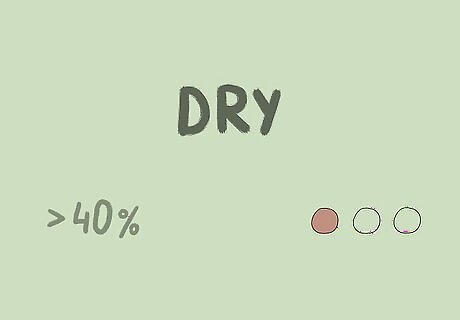
Introduce moisture into the air if the reading is below 40% humidity. If the humidity reading is below 40%, this means that the air around you is fairly dry. You may feel a soreness in your nose and throat as you breathe, your hair might be static, and your skin might feel tight or flaky. Humidity levels are often low during the winter months. You can add humidity to your home by using a humidifier.
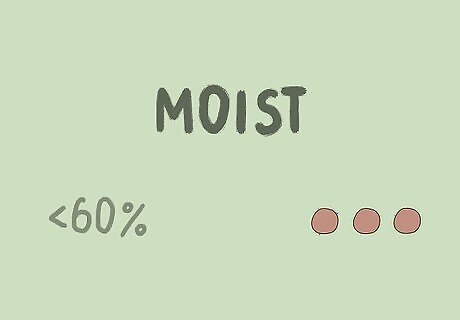
Interpret readings over 60% humidity as too muggy for indoors. If your hydrometer reads higher than 60% humidity, the air is going to feel moist and sticky. You may feel constantly damp and sweat more than usual. High humidity can lead to mold, increased allergens, or dust mites in your home. Most often, high humidity happens during the summer months.Tip: If the humidity levels in your home are too high, use a dehumidifier to remove some of the moisture from the air.




















Comments
0 comment